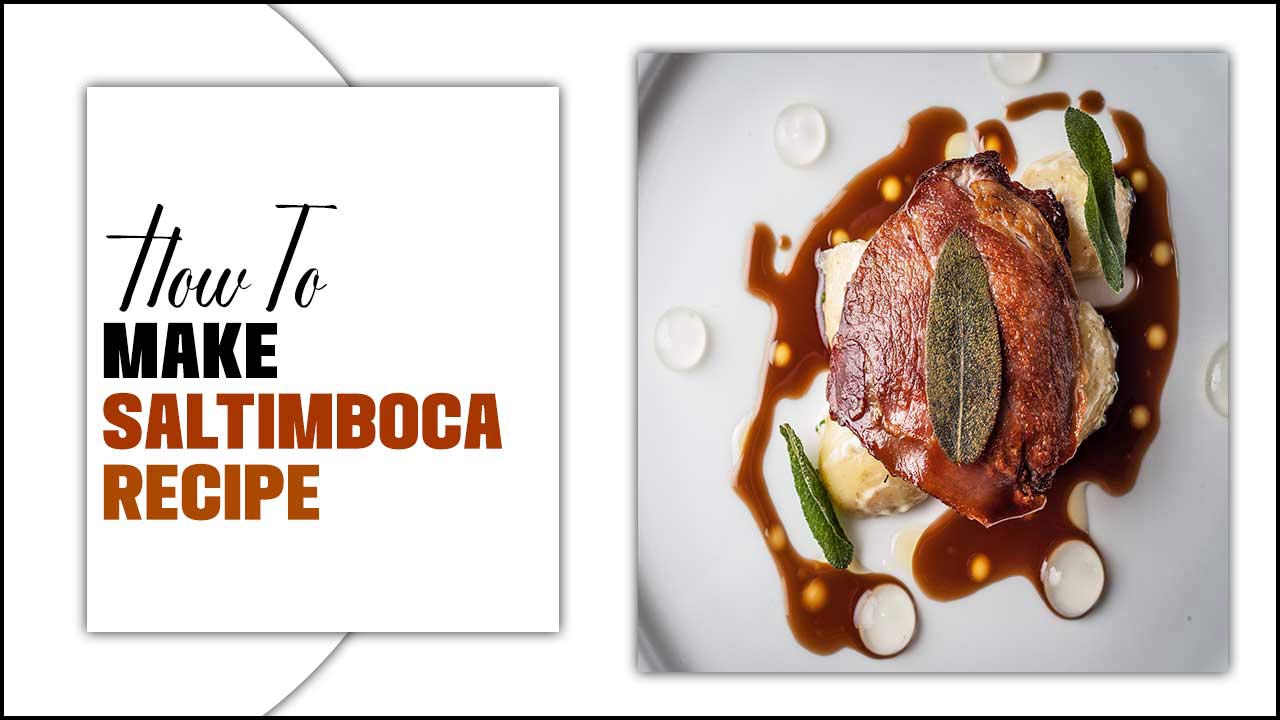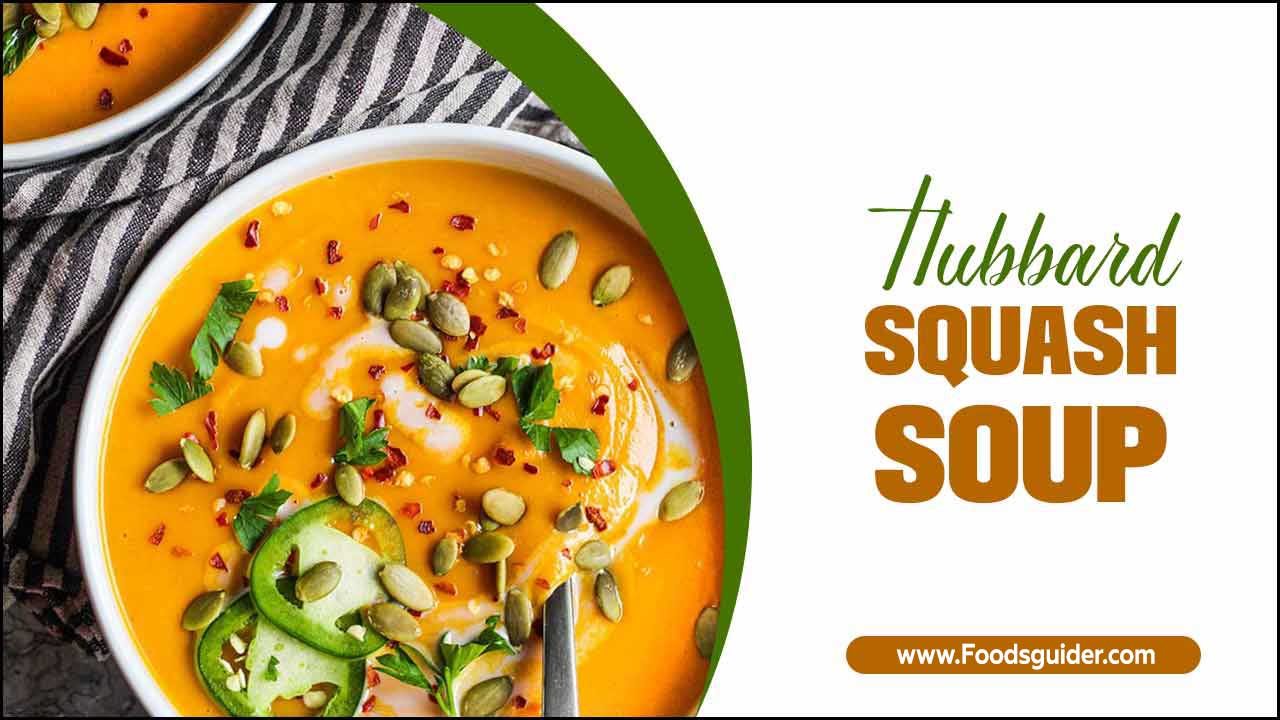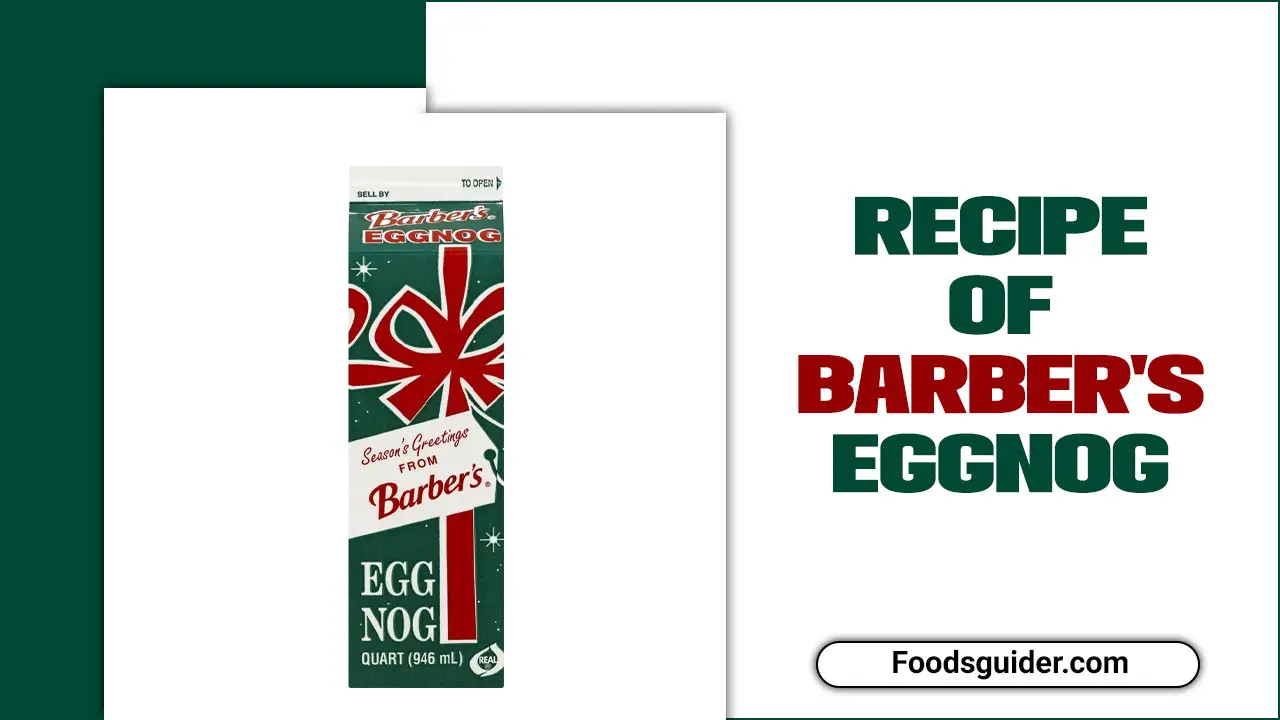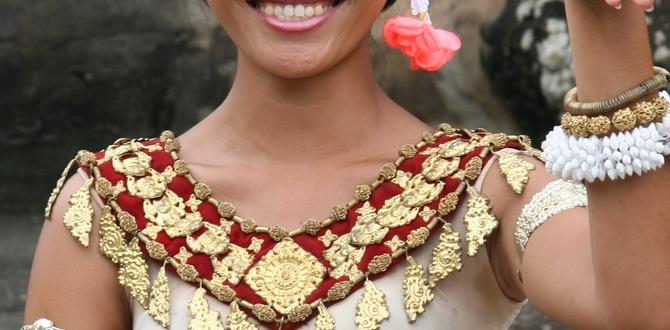Have you ever wondered how dumplings from different countries compare? Today, we explore Georgian khinkali vs pelmeni. Both are delicious and loved by many. But what makes them unique?
Let’s dive into their flavors, shapes, and ingredients to find out. Do you prefer meat, spices, or something else? Join us as we unravel the tasty secrets of these dumplings.
Key Takeaways
- Georgian khinkali are larger and spicier than pelmeni.
- Pelmeni are smaller and usually have a simple filling.
- Khinkali have a unique knot on top; pelmeni are sealed differently.
- Both dumplings offer a delightful burst of flavor.
- Georgian khinkali vs pelmeni is a fun culinary adventure.
Georgian Khinkali and Their Origins

Georgian khinkali are large dumplings known for their juicy, spiced filling. They come from the mountains of Georgia. People there created khinkali to keep warm during cold winters. The filling often includes meat like pork or beef. Sometimes, it even has lamb. Adding spices like chili and garlic makes them extra tasty. The dough is thick and chewy, helping to hold all the juicy goodness inside.
- Traditional filling with meat and spices.
- Thick dough to hold juices.
- Unique twisted knot on top.
- Originated in the Georgian mountains.
- Eaten by hand, held by the knot.
Khinkali are eaten by holding the knot and taking a bite. Be careful! The juice inside can spill if you’re not gentle. The delicious broth inside is a treat itself. People enjoy khinkali with sour cream or vinegar. These dumplings are more than food; they are a cultural experience. Trying them gives you a taste of Georgian hospitality and tradition.
Fun Fact: Khinkali means “half-moon” in Georgian, reflecting their shape.
How Are Khinkali Made?
Making khinkali is a fun process. First, the dough is rolled out into thin circles. Then, the spicy meat filling is placed in the center. Each circle is carefully folded into a pouch with many pleats. Twisting the top creates the iconic knot. The pleats are both decorative and functional, ensuring even cooking. Finally, these dumplings are boiled until cooked through. Have you ever tried making your own dumplings at home?
Why Do People Love Khinkali?
People love khinkali for their juicy, flavorful filling. The spices give them a kick that warms you up. Each bite is a burst of savory goodness. The dough is soft on the outside yet firm enough to hold everything together. The experience of eating khinkali is memorable. Imagine sitting around a table with friends, sharing stories, and enjoying these tasty treats. Wouldn’t that be fun?
What Makes Khinkali a Cultural Icon?
Khinkali represents Georgian culture and tradition. They are served during family gatherings and celebrations. Making and enjoying khinkali connects people. Sharing them is a sign of friendship and hospitality. In Georgia, offering khinkali to guests shows care and warmth. Trying khinkali is like taking a trip to Georgia without leaving your home. Doesn’t that sound exciting?
Pelmeni: Russia’s Beloved Dumplings
Pelmeni are small, round dumplings from Russia. They have a simple filling, usually of ground meat and onion. The dough is thin and smooth, perfect for sealing in the filling. Pelmeni are often boiled or fried. They are a popular dish in Russian households, especially during winter. People enjoy them with sour cream or butter. Pelmeni are easy to make, and their small size makes them quick to cook.
- Small size for quick cooking.
- Simple filling with meat and onion.
- Thin, smooth dough.
- Popular in Russia, especially in winter.
- Served with sour cream or butter.
Pelmeni are a staple in Russian cuisine. They are comforting and filling. Making pelmeni is a family activity in Russia. Everyone joins in to prepare the dough and filling. This bonding experience is cherished. Pelmeni are also convenient, as they can be frozen and cooked when needed. They bring warmth and joy during cold days.
Fun Fact: Pelmeni were traditionally made outdoors in Siberia, where the cold air froze them quickly.
How Pelmeni Became Popular
Pelmeni has been a favorite in Russia for centuries. Their simplicity and taste make them popular. They are easy to transport and cook, making them ideal for travelers. Hunters and workers also relied on pelmeni for quick, satisfying meals. The ease of making and storing pelmeni contributed to their widespread popularity. Have you ever tried a dish that quickly became your favorite?
What Makes Pelmeni Special?
Pelmeni stands out for their simplicity and flavor. The thin dough allows the filling’s taste to shine. The small size makes them perfect for popping into your mouth. Each bite is juicy and delicious. Pelmeni can be made with a variety of fillings, including mushrooms or fish. This variety adds to their appeal. What kind of filling would you choose?
Why Do Russians Love Pelmeni?
For Russians, pelmeni are more than food. They are a tradition. Families gather to make pelmeni together, sharing stories and laughter. The warm, hearty filling is perfect for cold weather. Pelmeni bring comfort and joy. Eating them is a reminder of home and family. Do you have a food that reminds you of home?
Georgian Khinkali vs Pelmeni: A Tasty Comparison
When comparing Georgian khinkali vs pelmeni, both offer unique flavors and experiences. Khinkali are larger, with a spicy, juicy filling. They have a thick dough and a knot on top. Pelmeni are smaller, with a simple, savory filling. Their dough is thin and smooth. Both dumplings are delicious and loved in their own countries.
- Khinkali are larger with spicy fillings.
- Pelmeni are smaller with simple fillings.
- Both have unique shapes and flavors.
- Khinkali has a knot; pelmeni are sealed differently.
- Both enjoyed with sour cream or butter.
| Aspect | Khinkali | Pelmeni |
|---|---|---|
| Size | Large | Small |
| Filling | Spicy, juicy | Simple, savory |
| Dough | Thick | Thin |
| Origin | Georgia | Russia |
Both dumplings are perfect for warming up during winter. They are tasty and comforting. The choice between khinkali and pelmeni depends on your taste preference. Do you prefer spicy and larger or simple and smaller? Whichever you choose, both offer a delightful culinary journey.
Fun Fact: Khinkali’s pleats can range from 12 to over 20, while pelmeni usually have fewer.
Which Should You Try First?
If you’re new to dumplings, start with pelmeni. They are mild and easy to enjoy. Their small size makes them easy to eat. If you love spicy flavors, try khinkali. The juicy, spiced filling is a taste adventure. Both dumplings are delicious, so why not try both? Once you do, you’ll have a favorite. Have you ever tried something new that surprised you?
How Are They Served?
Both khinkali and pelmeni can be served in different ways. Khinkali are often eaten by hand, held by the knot. Pelmeni can be served in broth for extra warmth. Both are delicious with sour cream or vinegar. Each serving style highlights their unique flavors. Enjoying them is a fun and tasty experience. Do you have a favorite way to eat dumplings?
What Do People Say About Them?
People who try khinkali and pelmeni have lots to say. Many love khinkali’s bold flavors and juicy filling. Others prefer the simple, comforting taste of pelmeni. Both dumplings bring joy and satisfaction. Sharing them with family and friends makes them even more special. What do you think people would say about them after trying them?
Conclusion
Choosing between Georgian khinkali vs pelmeni is tough, as both are delicious. Khinkali offer spicy and juicy flavors, while pelmeni provide comfort with their simplicity. Trying both lets you enjoy different culinary traditions. Whether you like spicy or simple, there’s a dumpling for everyone. Explore these tasty treats and discover new favorites.
FAQs
Question: What are khinkali and pelmeni?
Answer: Khinkali and pelmeni are types of dumplings. Khinkali originates from Georgia, known for its spicy, juicy filling. Pelmeni is from Russia, smaller with a simple filling. Both are popular in their countries and enjoyed worldwide.
Question: How are khinkali different from pelmeni?
Answer: Khinkali are larger with a spicy filling and a knot on top. Pelmeni are smaller with a simple filling and smooth dough. Both have unique shapes and flavors, making them special in their ways.
Question: Can I make khinkali and pelmeni at home?
Answer: Yes, you can! Making khinkali and pelmeni at home is a fun activity. You can experiment with different fillings and spices. The process involves making dough and filling, then shaping and cooking the dumplings. It’s a rewarding experience for everyone involved.
Question: What are common ingredients in khinkali?
Answer: Khinkali commonly have a meat filling, like pork, beef, or lamb. Spices such as chili and garlic are added for flavor. The dough is made of flour and water. This combination creates a delicious and juicy dumpling.
Question: What is the best way to eat khinkali?
Answer: The best way to eat khinkali is by holding the knot. Take a bite, but be careful not to spill the juice. Enjoy the flavorful filling and chewy dough. You can dip them in sour cream or vinegar for extra taste.
Question: Are khinkali and pelmeni similar to other dumplings?
Answer: Khinkali and pelmeni are similar to other dumplings like Chinese jiaozi or Italian ravioli. Each has unique flavors and fillings. Trying different dumplings around the world offers diverse and exciting tastes. Georgian khinkali vs pelmeni is just one of many delicious comparisons.






